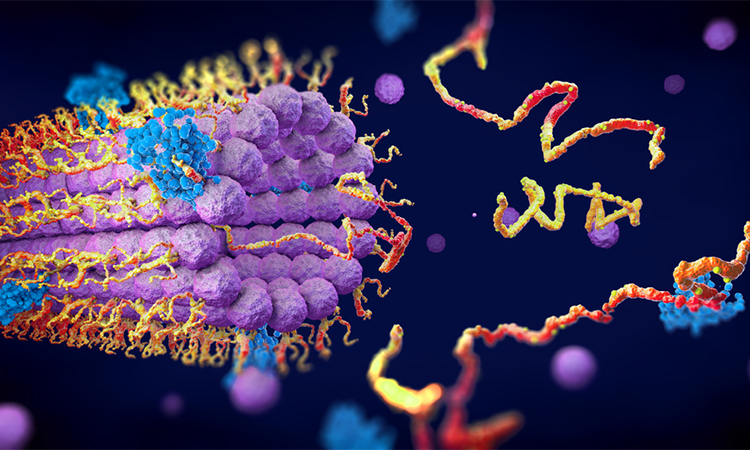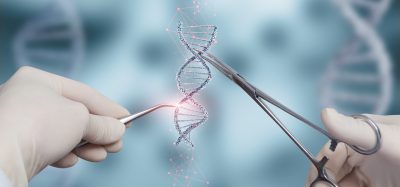Scientists develop an AI model to make enzyme engineering more efficient
Posted: 3 November 2022 | Ria Kakkad (Drug Target Review) | No comments yet
Researchers have streamlined the traditionally slow process of enzyme engineering. This work might help researchers tailor the suitability of enzymes for custom purposes.


In a study recently published in ACS Synthetic Biology, researchers from Osaka University, Japan, have imparted an analogous level of adaptability to enzymes, a goal that has remained elusive for over 30 years.
Enzymes perform impressive functions, enabled by the unique arrangement of their constituent amino acids, but usually only within a specific cellular environment. When changing the cellular environment, the enzyme rarely functions well—if at all. Thus, a long-standing research goal has been to retain or even improve upon the function of enzymes in different environments.. Traditionally, such work has involved extensive experimental trial-and-error that might have little assurance of achieving an optimal result.
Artificial intelligence (AI) can minimise this trial-and-error, but still relies on experimentally obtained crystal structures of enzymes—which can be unavailable or not especially useful. Thus, “the pertinent amino acids one should mutate in the enzyme might be only best-guesses,” said Teppei Niide, co-senior author. “To solve this problem, we devised a methodology of ranking amino acids that depends only on the widely available amino acid sequence of analogous enzymes from other living species.”
Biomarkers aren’t just supporting drug discovery – they’re driving it
FREE market report
From smarter trials to faster insights, this report unpacks the science, strategy and real-world impact behind the next generation of precision therapies.
What you’ll unlock:
- How biomarkers are guiding dose selection and early efficacy decisions in complex trials
- Why multi-omics, liquid biopsy and digital tools are redefining the discovery process
- What makes lab data regulatory-ready and why alignment matters from day one
Explore how biomarkers are shaping early drug development
Access the full report – it’s free!
The researchers focused on the amino acids that are involved in the specificity of the malic enzyme to the molecule that the enzyme transforms (such as the substrate) and to the substance that helps the transformation proceed (such as the cofactor). By identifying the amino acid sequences that did not change over the course of evolution, the researchers identified the amino acid mutations that are adaptations to different cellular conditions in different species.
“By using AI, we identified unexpected amino acid residues in malic enzyme that correspond to the enzyme’s use of different redox cofactors,” said Hiroshi Shimizu, co-senior author. “This helped us understand the substrate specificity mechanism of the enzyme and will facilitate optimal engineering of the enzyme in laboratories.”
This work succeeded in using AI to dramatically accelerate and improve the success of substantially reconfiguring an enzyme’s specific mode of action, without fundamentally altering the enzyme’s function. Future advances in enzyme engineering will greatly benefit fields such as pharmaceutical production that require carefully tuning the versatility of enzymes to different biochemical environments—even in the absence of corresponding enzymes’ crystal structures.
Related topics
Amino Acids, Artificial Intelligence, Enzymes, Synthetic Biology
Related organisations
Osaka University
Related people
Hiroshi Shimizu, Teppei Niide








